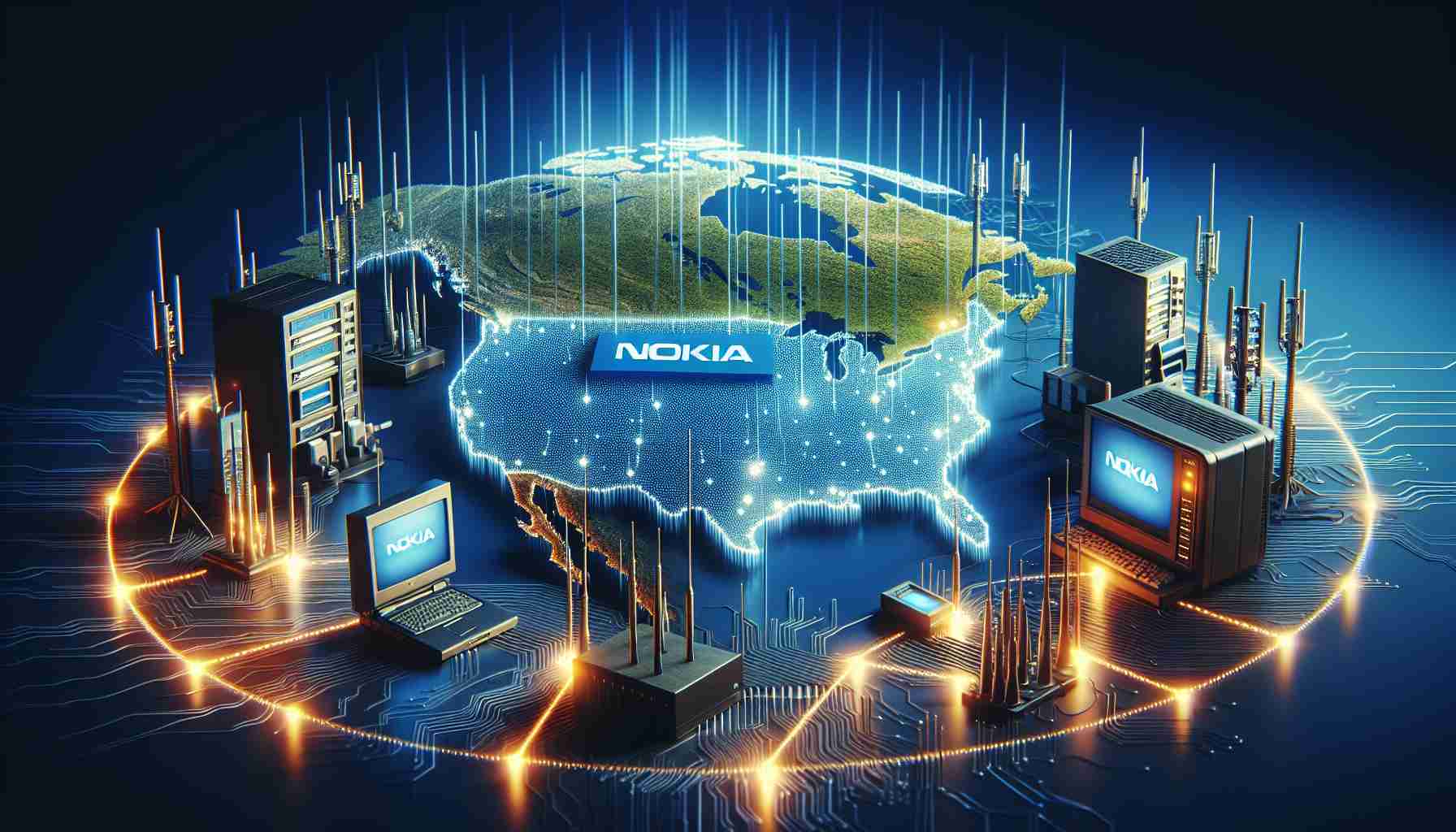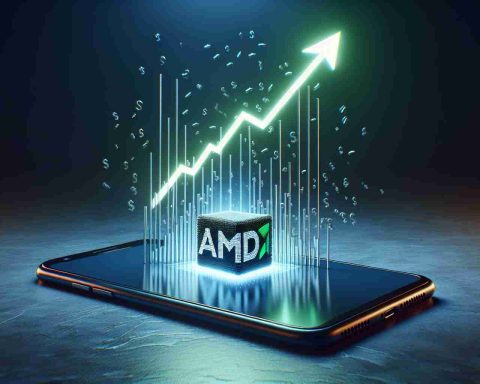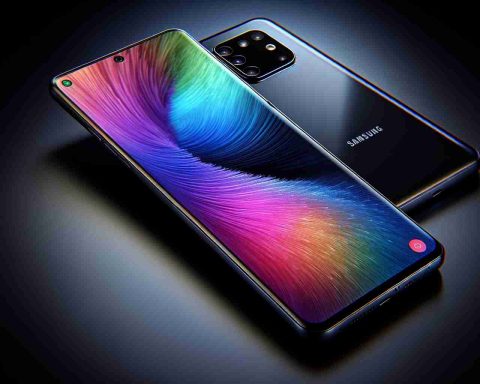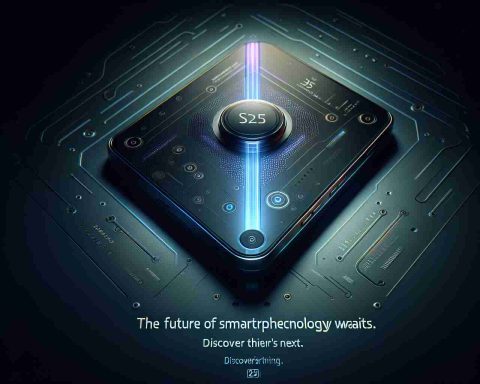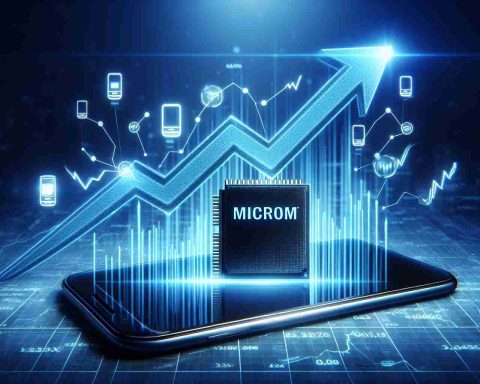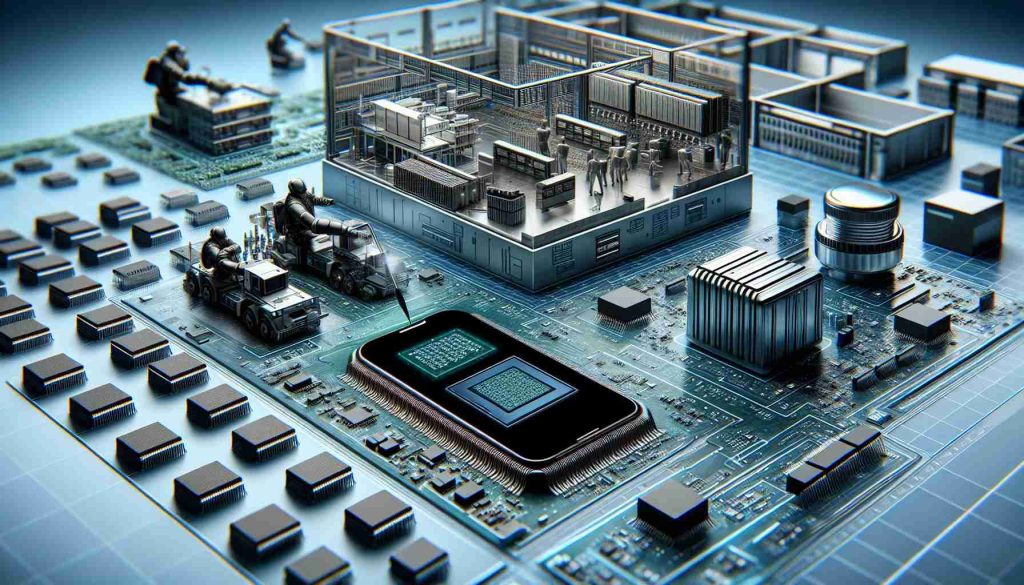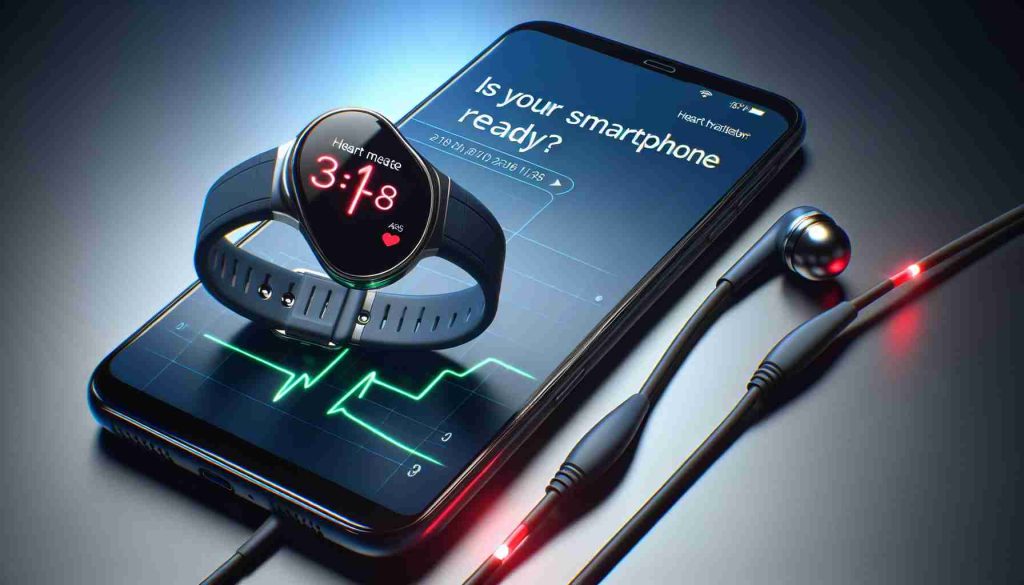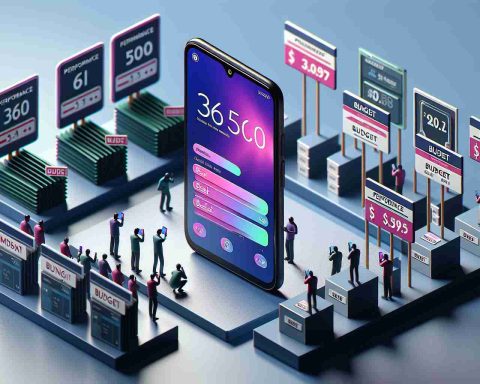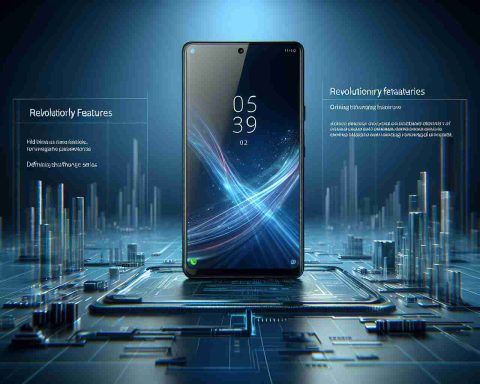Nokia is at the forefront of a monumental initiative aimed at bridging the digital divide across America. Backed by an impressive $42.5 billion from the federal Broadband Equity, Access, and Deployment (BEAD) Program, this endeavor spearheads a $100 billion national investment to deliver high-speed internet to the country’s underserved areas.
Lori Adams, Nokia’s VP of Broadband Policy and Funding Strategy, along with David Eckard, VP of Broadband Partners, delve into Nokia’s critical role in this transformative project. They emphasize the company’s collaboration with public and private sectors, rolling out an array of connectivity solutions. From wired and wireless to fiber networks, Nokia’s strategy aims to tackle diverse connectivity challenges effectively.
A focal point of their discussion is the peculiar hindrances faced by rural communities. Previously, funding was the main obstacle, but as Adams points out, obtaining and efficiently managing grant-funded networks has become the current challenge. Nokia has been proactive in addressing these issues by making advanced technology available to smaller operators nationwide, enhancing their ability to deploy high-speed networks.
Understanding that a flexible and extensive product lineup is essential, Eckard mentions that Nokia’s offerings extend from fixed wireless solutions to innovative in-home Wi-Fi devices. With continuous innovations such as Wi-Fi Seven, Nokia ensures that operators have cutting-edge technology to meet any connectivity demand.
Through their participation in the Broadband Nation Expo, Adams and Eckard highlight how Nokia’s strategic contributions are paving the way for a digitally inclusive future across the United States.
The Untold Effects of Bridging the Digital Divide: How Nokia’s Initiatives Are Shaping America’s Future
In recent years, Nokia’s efforts to bridge the digital divide in America have caught significant attention. However, beyond the initial headlines, the ramifications of this initiative, propelled by the federal Broadband Equity, Access, and Deployment (BEAD) Program, are manifold and worth exploring. The infusion of $42.5 billion from this program, contributing to an overall $100 billion national investment, is set to revolutionize the way communities, individuals, and the nation interact with technology.
The Ripple Effect of Connectivity
While much buzz surrounds the infrastructure being set up, let’s delve deeper into what these changes mean for everyday citizens and communities.
1. Economic Growth: With high-speed internet reaching underserved areas, local businesses can tap into global markets. This new connectivity promises to boost local economies by offering online entrepreneurship, telecommuting opportunities, and opening avenues for digital services. However, the challenge remains in training these communities to leverage the internet for economic gain.
2. Education Access: With improved internet connectivity, students in rural and underserved regions can access online resources, virtual classes, and educational content on par with their urban counterparts. This technological influx could significantly reduce educational disparities, although it also necessitates investment in digital literacy programs to maximize benefits.
3. Healthcare Transformation: Telemedicine and remote monitoring become viable solutions for rural health centers, enhancing patient care by enabling access to specialists and reducing the need for long travels. Despite these advantages, questions linger on data privacy and the digital readiness of healthcare professionals in these areas.
Interesting Facts & Controversies
– Technological Leap: Nokia, through innovations like Wi-Fi Seven, offers some of the most advanced wireless solutions globally. This catapults previously disconnected areas straight to the forefront of internet technology, bypassing older, slower technologies that many urban centers dealt with initially.
– Controversy Over Implementation: The enormous scale of this project has not been devoid of skepticism. Concerns about over-reliance on federal funding, the potential for bureaucratic red tape, and ensuring accountability and efficiency in deploying these funds remain pressing issues.
Balancing Advantages and Disadvantages
The advantages of bridging the digital divide are substantial: from improved quality of life and greater economic opportunities to reduced geographic barriers in information access. However, several disadvantages must be considered:
– Infrastructure Challenges: Deploying these networks in rugged, expansive rural landscapes poses logistical challenges. There are significant costs and environmental concerns involved in laying physical infrastructure like fiber-optics cables.
– Digital Equality vs. Digital Dependency: While connectivity empowers communities, there’s a risk of creating a dependency on digital solutions without proper safeguards, policies, and training in place.
Frequently Asked Questions
– How does this connectivity affect urban areas? Improved rural connectivity reduces the migration to urban centers, alleviating pressure on urban infrastructure and services.
– Will this lead to job displacement? While certain manual jobs may face pressure, this initiative also creates new roles in tech support, digital services, and remote work facilitation.
– Is Nokia the sole participant in this venture? While Nokia plays a pivotal role, numerous other tech and telecom companies collaborate in this grand endeavor.
For more insights into how companies like Nokia are driving connectivity, visit Nokia.
In conclusion, Nokia’s involvement in bridging the digital divide extends far beyond simply laying cables; it’s about transforming societies. As America embarks on this journey, the challenge will be balancing the technological benefits with the socioeconomic adjustments required to ensure inclusive, sustainable growth.

